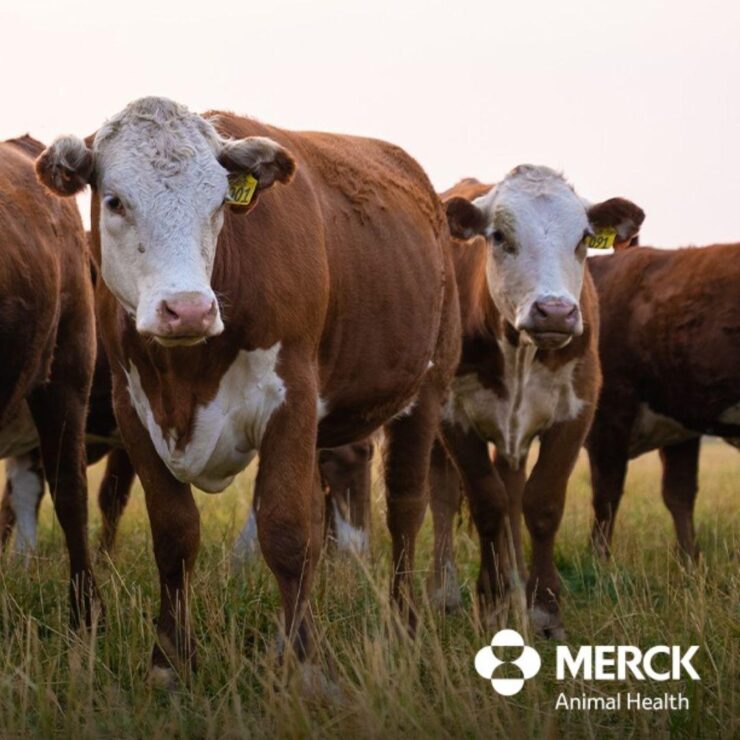 Is Your Cattle Deworming Program Working? Merck Animal Health maintains the world’s largest database of fecal egg count reduction test (FECRT) results to monitor the field efficacy of dewormers. Today, the database has 14,506 samples from 600 farms. Twenty-three different products have been evaluated.
Is Your Cattle Deworming Program Working? Merck Animal Health maintains the world’s largest database of fecal egg count reduction test (FECRT) results to monitor the field efficacy of dewormers. Today, the database has 14,506 samples from 600 farms. Twenty-three different products have been evaluated.
Diagnostic
A FECRT is the standardized diagnostic tool to test manure for the presence of internal parasite eggs. It is important that 20 samples are taken both at treatment and 14 days post-treatment. The database only includes certified FECRTs of this number of samples from single farms.
A successful deworming should result in a 90% or greater reduction in parasite eggs in feces. Based on data through 2023, the database demonstrates that pour-on and injectable parasite products have fallen below the 90% threshold for successful deworming. The percent of anthelmintic failures – those with less than 90% reduction – was 76.5% for pour-ons. It was 74.8% for all injectable dewormers.
Three Classes of U.S.-Approved Dewormers
There are three classes of dewormers approved for use in U.S. cattle: benzimidazoles, endectocides or macrocylic lactones and imidazothiazoles. Certain classes of dewormers are not working as well as they have in the past. However, the SAFE-GUARD® (fenbendazole) formulations – all of which are in the benzimidazoles class
Decreases in efficacy likely are due in part to dewormer resistance, which is the genetic ability of a parasite to survive the effects of a dewormer of which previously were susceptible. There is not always a visual sign of parasitism. Unless FECRT testing is conducted, it is unknown how effective the deworming was or the amount of time before reinfestation occurs after deworming.
Impact of Parasitism
Internal parasites affect the nutritional status of the animal in three ways: They decrease feed intake, they decrease nutrient absorption and they increase nutrient requirements. These effects of internal parasite infections on the animal’s nutritional status are important because they impact and compromise every aspect of biology. For example, growth, milk production, immune function and reproduction. Cattle producers put a lot of effort and resources into vaccinating their cattle and offering high-quality feed and mineral programs. These efforts and resources are not fully utilized and can be wasted if cattle are parasitized.
Get A FECRT Kitf
You can request a free FECRT kit from North Fulton Feed’s Merck Animal Health representative, Jaclyn Beckley, at [email protected]. Consult your veterinarian for assistance in the diagnosis, treatment and control of parasitism.
